Detecting pinhole leaks in copper pipes is essential for preventing water damage and maintaining plumbing integrity.
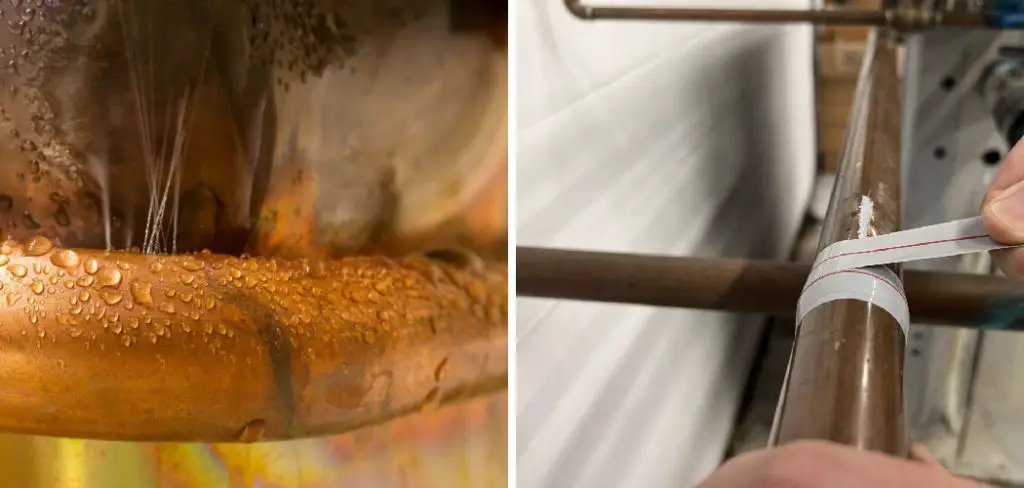
These tiny leaks, often caused by corrosion or water chemistry issues, can lead to significant issues if not identified early. This guide explores effective methods for how to detect pinhole leaks in copper pipe, from visual inspections to using specialized tools like leak detectors or pressure gauges. Understanding the signs of a pinhole leak, such as discolored water, damp spots, or reduced water pressure, is crucial for prompt detection.
By mastering these detection techniques and knowing when to seek professional assistance, homeowners can mitigate potential damage and ensure their plumbing systems operate efficiently. This article empowers readers with practical knowledge to safeguard their homes against the hidden risks posed by pinhole leaks in copper pipes.
Understanding Pinhole Leaks in Copper Pipes
Pinhole leaks in copper pipes are small, almost imperceptible openings that can cause substantial water damage over time.
These leaks are typically the result of corrosion, which can occur due to the chemical composition of the water flowing through the pipes or the external environment surrounding them.
Factors such as acidic water, high chlorine levels, and even sediment buildup can accelerate the corrosion process, making copper pipes more susceptible to these tiny breaches.
The formation of pinhole leaks usually progresses slowly, starting with minor pitting on the interior surface of the pipe. As the pitting deepens, it eventually breaks through the pipe wall, creating a leak.
The small size of these leaks often means they go unnoticed until they have already caused significant damage, such as damp walls, mold growth, or structural issues in the home.
Understanding the nature and causes of pinhole leaks is the first step in preventing them. Regular plumbing maintenance, water quality testing, and keeping an eye out for early signs—like unusual water color or unexplained wet spots—can help identify potential problems before they escalate.
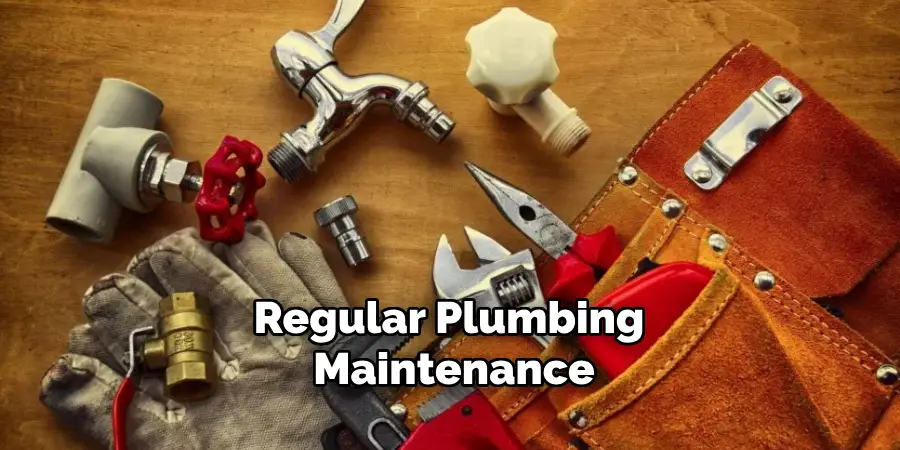
By recognizing the conditions that lead to pinhole leaks, homeowners can take proactive measures to protect their plumbing systems and avoid the costly repairs associated with water damage.
10 Methods How to Detect Pinhole Leaks in Copper Pipe
1. Visual Inspection
The first and most straightforward method for detecting pinhole leaks in copper pipes is a thorough visual inspection. Start by examining all visible sections of the copper piping, looking for any signs of moisture, discoloration, or corrosion.
Pinhole leaks often cause green or white mineral deposits to form around the leak site. Additionally, check for water stains or mold growth on walls, ceilings, and floors near the pipes. Regular visual inspections can help identify leaks early before they cause significant damage.
2. Feeling for Moisture
In addition to a visual inspection, use your hands to feel the copper pipes for any moisture. Gently run your fingers along the pipes, paying close attention to joints, connections, and any areas where the pipes bend.
Moisture on the surface of the pipes can indicate a pinhole leak, even if it is not immediately visible. This method is particularly useful in dimly lit or hard-to-see areas where a visual inspection alone might not suffice. If you detect any moisture, follow up with more precise leak detection methods.
3. Using a Moisture Meter
A moisture meter is a valuable tool for detecting pinhole leaks in copper pipes, especially in hidden or hard-to-reach areas. Moisture meters measure the moisture content in materials and can help locate leaks behind walls or under floors.
To use a moisture meter, place the device against the surface near the suspected leak area. The meter will display a moisture level reading, indicating the presence of water. High moisture readings can pinpoint the exact location of a hidden pinhole leak, allowing for targeted repairs.
4. Listening for Drips
Another method to detect pinhole leaks is by listening for the sound of dripping water. Turn off all water fixtures and appliances in the house to ensure there is no water flow.
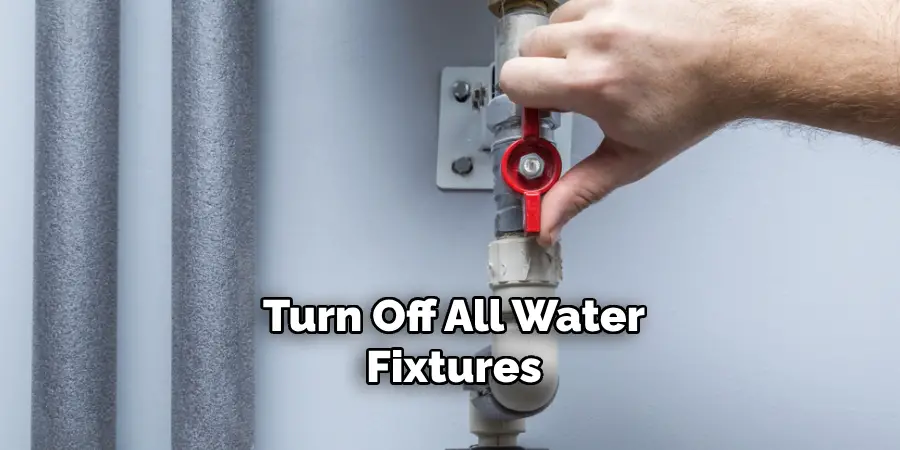
Then, move to the area where you suspect a leak and listen carefully. Pinhole leaks often produce a dripping or hissing sound as water escapes from the pipe. Using a stethoscope or a specialized leak detection device can amplify these sounds, making it easier to locate the leak. This method is particularly effective in quiet environments.
5. Using Infrared Thermography
Infrared thermography is a non-invasive method that uses thermal imaging to detect pinhole leaks in copper pipes.
Leaking water often creates a temperature difference in the surrounding area, which can be detected using an infrared camera. Scan the pipes and surrounding surfaces with the infrared camera.
Areas with active leaks will appear cooler on the thermal image due to the evaporative cooling effect of the leaking water. This method is highly effective for locating hidden leaks behind walls or ceilings without causing any damage.
6. Conducting a Pressure Test
A pressure test can help identify pinhole leaks in copper pipes by measuring the pressure drop in the plumbing system. To perform a pressure test, first turn off all water fixtures and appliances.
Attach a pressure gauge to an external faucet or hose bib and record the initial pressure reading. Leave the system pressurized for a set period, usually 15-30 minutes, and then check the pressure gauge again.
A significant drop in pressure indicates a leak somewhere in the system. Further investigation will be needed to pinpoint the exact location of the pinhole leak.
7. Using a Dye Test
A dye test involves introducing a colored dye into the water supply to help locate pinhole leaks. Food coloring or a specialized plumbing dye can be used for this purpose.
Add the dye to the water and run it through the plumbing system. After a few minutes, inspect the pipes and surrounding areas for any signs of colored water. The dye will seep out through the pinhole leak, making it easier to spot. This method is particularly useful for detecting leaks in hard-to-reach areas or behind walls.
8. Inspecting Water Meter Readings
Monitoring your water meter readings can help detect pinhole leaks in copper pipes. Start by ensuring that all water fixtures and appliances are turned off. Record the water meter reading and avoid using any water for a few hours. After the set period, check the water meter reading again.
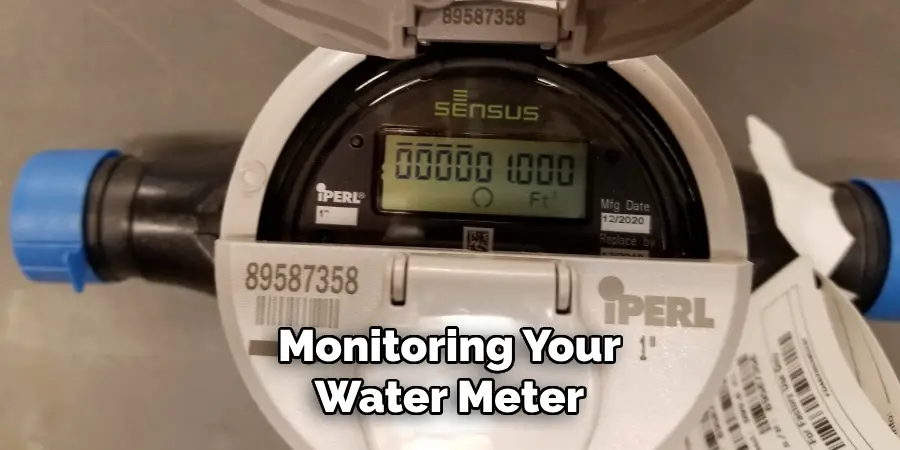
If the meter reading has increased despite no water usage, it indicates a leak in the system. This method is effective for detecting leaks in large plumbing systems, although further investigation is required to locate the exact leak.
9. Using an Acoustic Leak Detector
Acoustic leak detectors are specialized devices that use sound waves to locate leaks in plumbing systems. These devices are highly sensitive and can detect the faint sound of water escaping through a pinhole leak.
To use an acoustic leak detector, move the sensor along the copper pipes, paying attention to any changes in sound. The device will amplify the sound of the leak, making it easier to locate. Acoustic leak detectors are particularly useful for detecting leaks in underground or concealed pipes.
10. Hiring a Professional Plumber
If the above methods do not successfully locate the pinhole leak, it may be time to hire a professional plumber. Experienced plumbers have access to advanced leak detection equipment and techniques that can accurately identify and repair pinhole leaks in copper pipes.
Professional plumbers can use a combination of visual inspections, pressure tests, infrared thermography, and acoustic detection to locate and fix leaks efficiently. Hiring a professional ensures that the leak is addressed correctly and prevents further damage to the plumbing system.
Things to Consider When Addressing Pinhole Leaks
1. Material Compatibility
When repairing pinhole leaks in copper pipes, ensure that the materials used for the repair are compatible with copper. This includes selecting appropriate sealants, fittings, and replacement pipe sections to prevent further corrosion and ensure a durable, long-lasting repair.
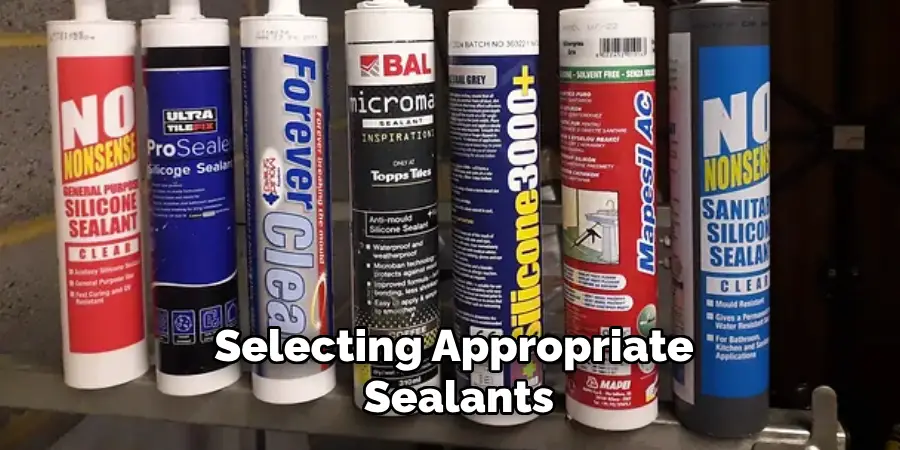
2. Water Quality
The quality of the water running through your pipes can significantly impact the likelihood of pinhole leaks. High acidity or mineral content in water can accelerate corrosion in copper pipes. Testing and treating your water to maintain a balanced pH level and reduce corrosive elements can help prevent future leaks.
3. Environmental Factors
Be aware of environmental factors that may contribute to pipe corrosion. Moisture, soil characteristics, and even electrical grounding can impact the integrity of copper pipes. Consider these factors when planning repairs or replacements to ensure a protective environment for your plumbing system.
4. Pipe Age and Condition
Evaluate the overall age and condition of your copper pipes. If the pipes are old and showing widespread signs of wear and corrosion, it may be more cost-effective to replace significant sections or the entire plumbing system rather than addressing individual leaks piecemeal.
Conclusion
Detecting pinhole leaks in copper pipes requires a combination of visual inspection, specialized tools, and precise techniques. From simple methods like visual inspection and feeling for moisture to advanced techniques like infrared thermography and acoustic leak detection, each method has its advantages and specific applications.
Regular monitoring of water meter readings and conducting pressure tests can also help identify leaks early, preventing significant damage. Thanks for reading, and we hope this has given you some inspiration on how to detect pinhole leaks in copper pipe!
Edmund Sumlin is a skilled author for Metal Fixes, bringing 6 years of expertise in crafting a wide range of metal fixtures. With a strong background in metalwork, Edmund’s knowledge spans various types of fixtures, from decorative pieces to functional hardware, blending precision with creativity. His passion for metalworking and design has made him a trusted resource in the industry.
Professional Focus:
- Expert in Metal Fixtures : Edmund aesthetic specializes in creating durable and innovative metal fixtures, offering both appeal and functionality. His work reflects a deep understanding of metalworking techniques and materials.
- Sustainability Advocate : He is dedicated to using sustainable practices, ensuring that every fixture is crafted with eco-friendly methods while maintaining high-quality standards.
In his writing for Metal Fixes, Edmund provides valuable insights into the latest trends, techniques, and practical advice for those passionate about metal fixtures, whether they are professionals or DIY enthusiasts. His focus on combining artistry with engineering helps others discover the true potential of metal in design.


